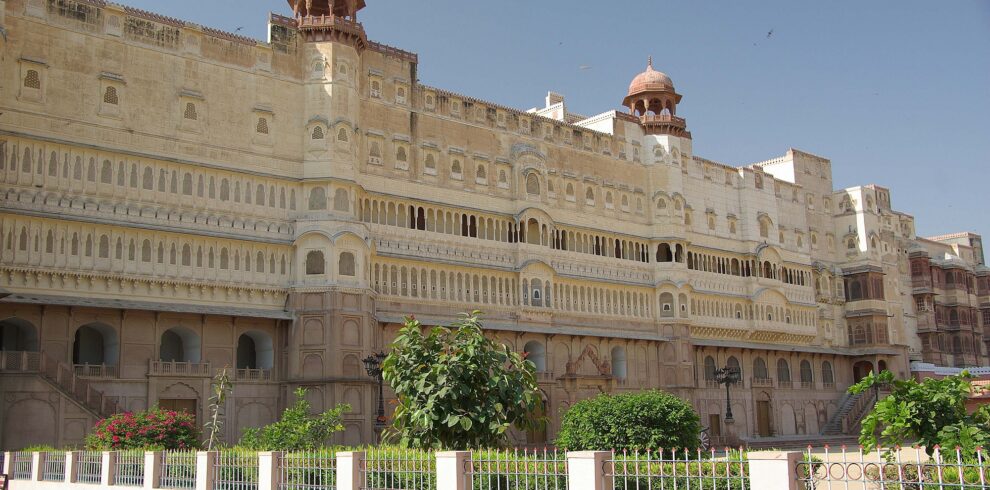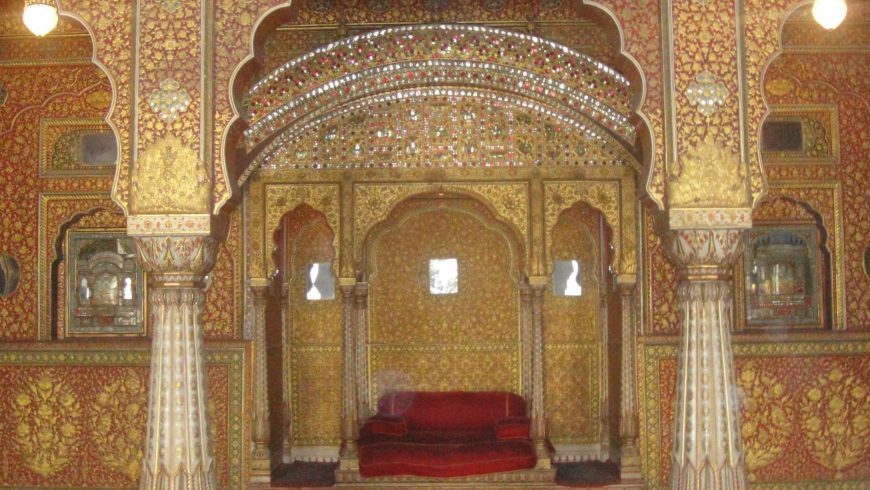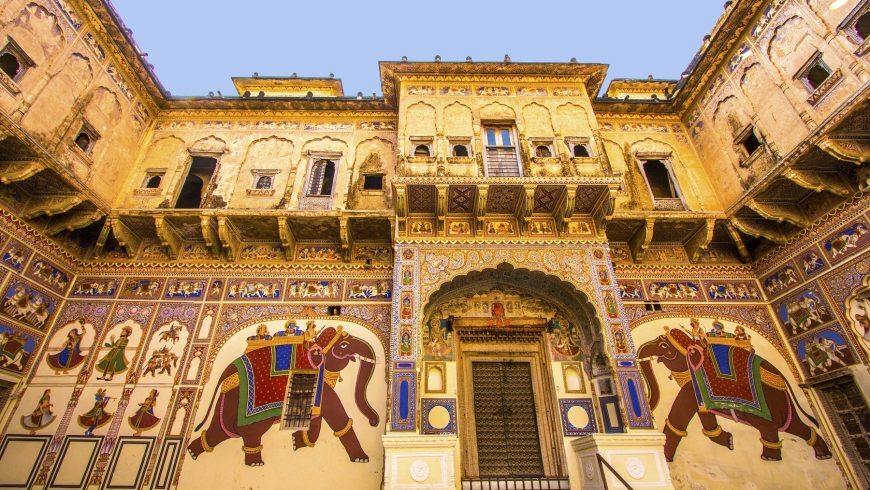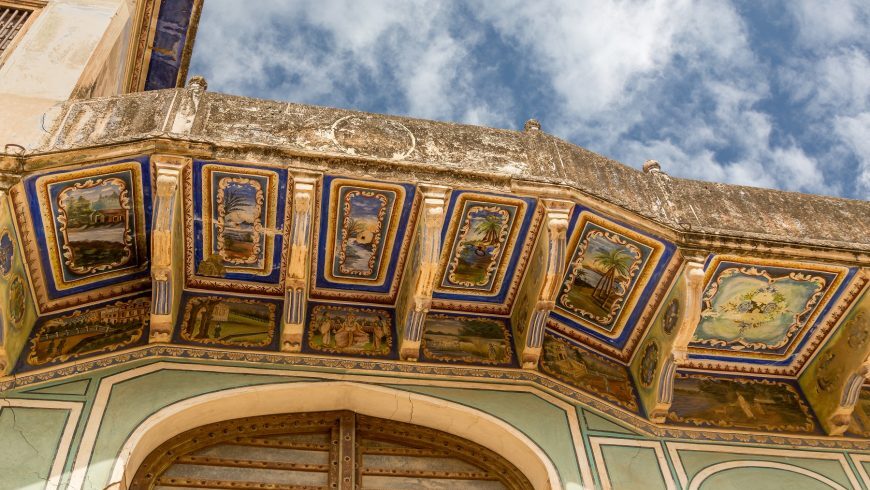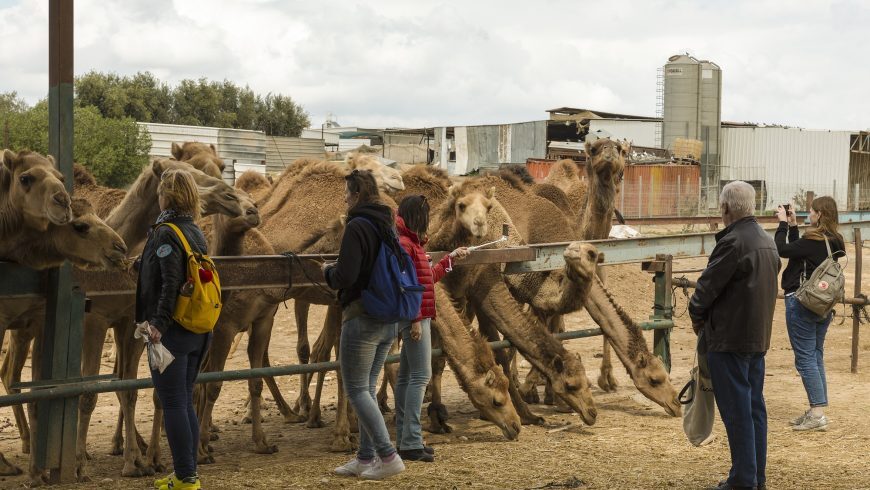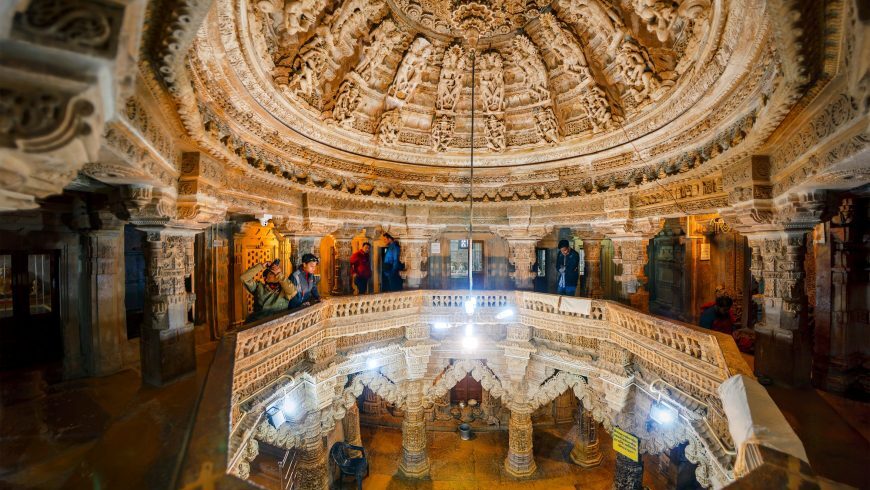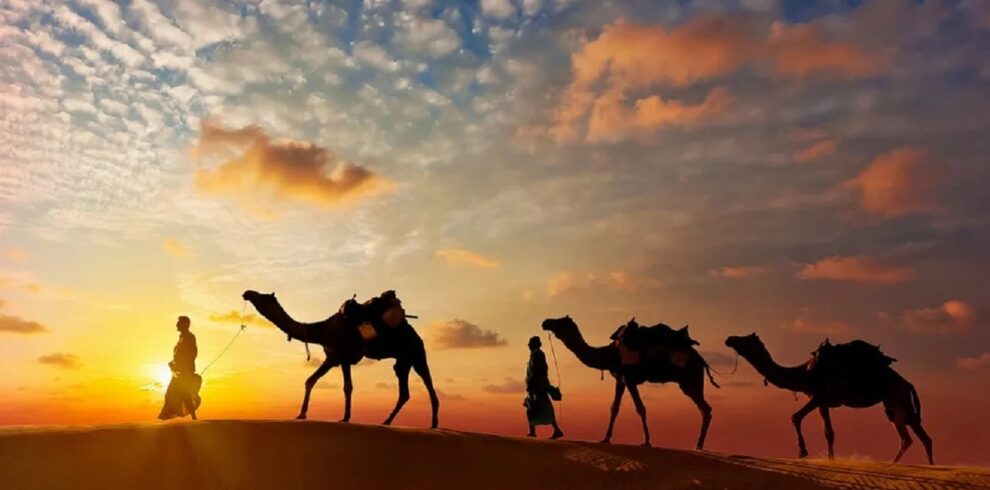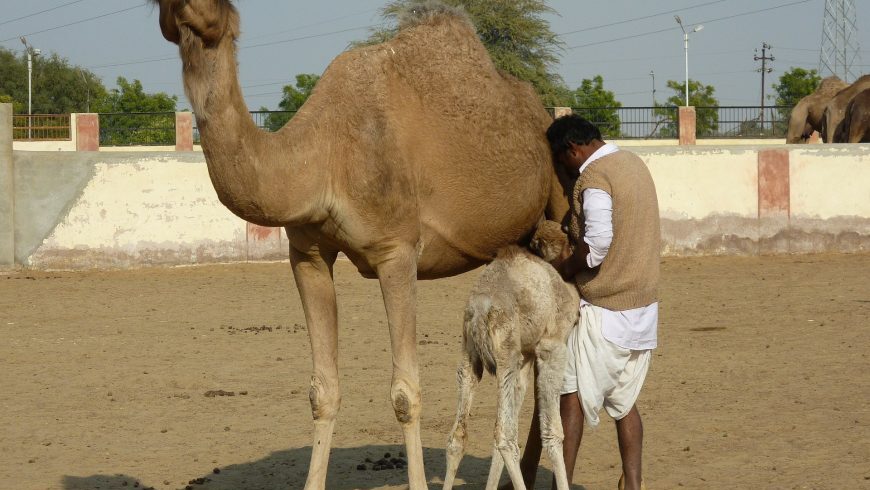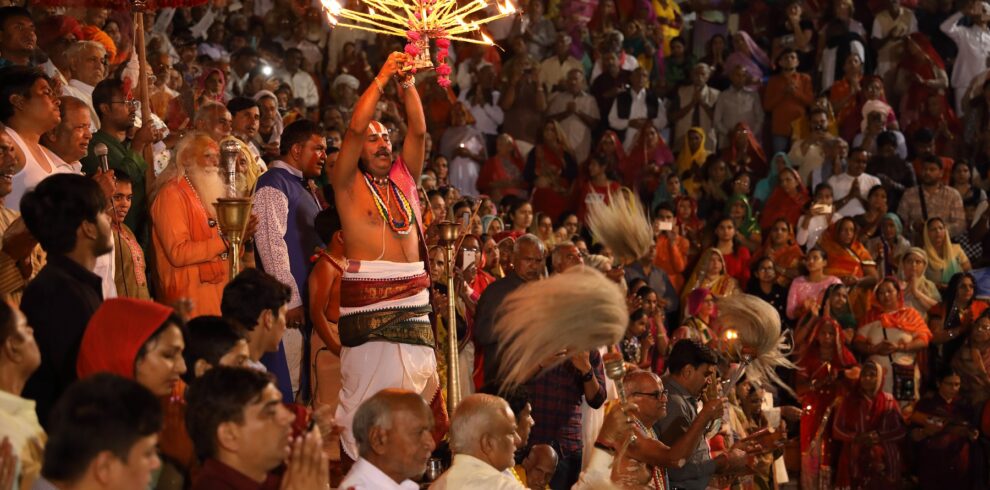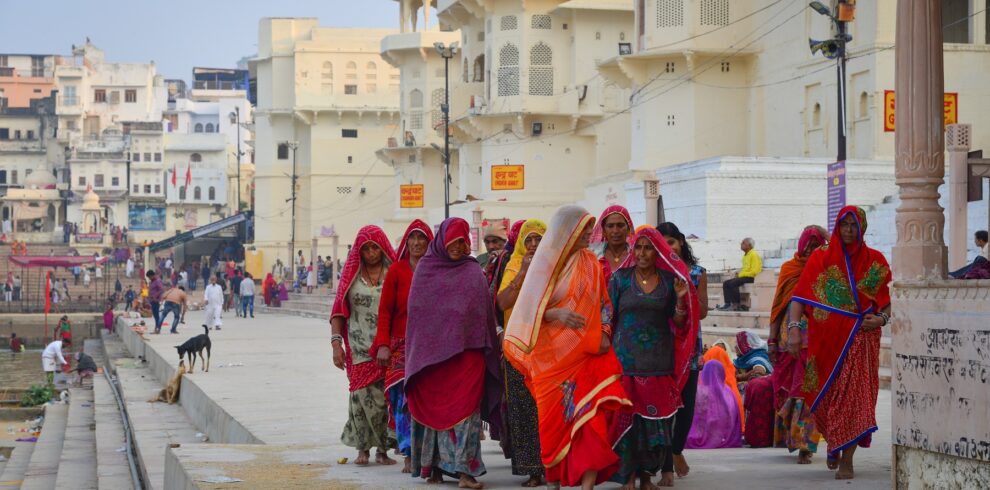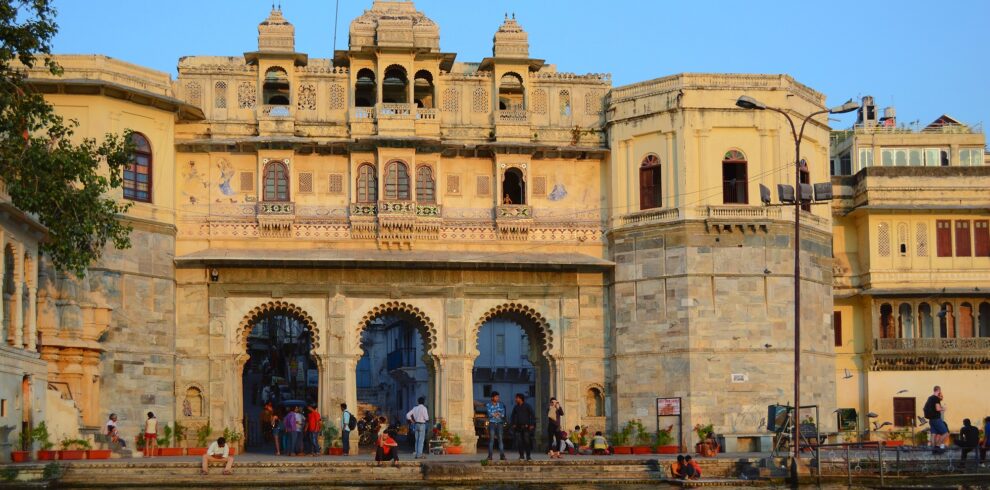Bikaner
Bikaner, located in the northwest of Rajasthan, India, is a vibrant city renowned for its rich history, stunning architecture, and mouthwatering cuisine. Founded by Rao Bika in 1488, Bikaner has retained its medieval charm while embracing modernity.
The city is famous for its majestic forts, with Junagarh Fort being the most prominent. Built in the 16th century by Raja Rai Singh, the fort boasts impressive architecture with intricately carved balconies, courtyards, and ornate halls. It houses several palaces, temples, and museums that offer insights into the royal heritage of Bikaner.
Another architectural marvel in Bikaner is the Lalgarh Palace, a grand palace built in the Indo-Saracenic style. This exquisite palace, adorned with intricate filigree work, houses a museum showcasing artifacts, weapons, and artworks belonging to the royal family.
Bikaner is also known for its vibrant markets and bustling bazaars. The old city is dotted with narrow lanes lined with shops selling traditional Rajasthani handicrafts, textiles, camel leather goods, and delicious snacks like the famous Bikaneri bhujia.
The city is synonymous with camel breeding and hosts the National Research Centre on Camel, where visitors can learn about the role of camels in desert life and even enjoy camel safaris in the nearby desert areas.
Bikaner is also celebrated for its culinary delights, with the local cuisine offering a tantalizing array of flavors. Indulge in specialties like Bikaneri bhujia, a spicy snack made from gram flour, and Rajasthani thali, a lavish platter featuring an assortment of vegetarian dishes.
The annual Camel Festival held in January is a highlight of Bikaner’s cultural calendar, featuring camel races, folk music and dance performances, and other traditional festivities.
With its blend of history, culture, and culinary delights, Bikaner offers a captivating glimpse into the rich tapestry of Rajasthan’s heritage and is a must-visit destination for travelers seeking an authentic Indian experience.
City Tour
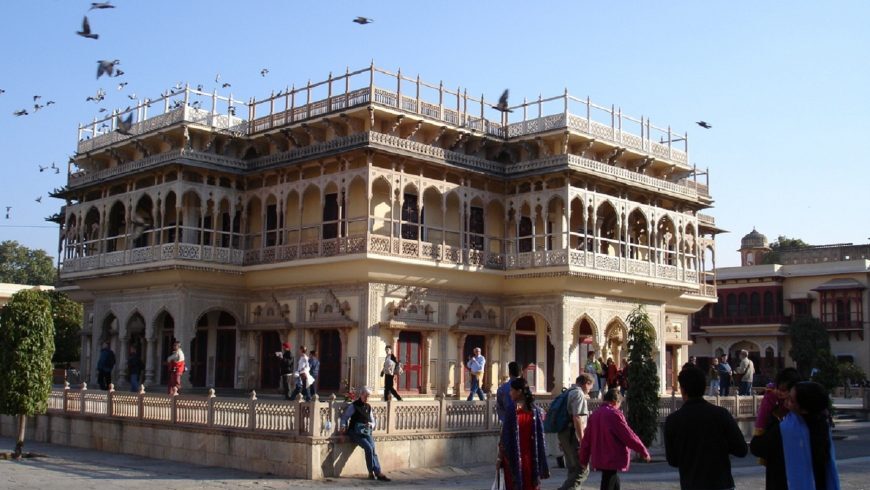
- Jan
- Feb
- Mar
- Apr
- May
- Jun
- Jul
- Aug
- Sep
- Oct
- Nov
- Dec
Cultural Tours
Tourism is travel for pleasure or business; also the theory and practice of touring, the business of attracting, accommodating, and entertaining tourists, and the business of operating tours. Tourism may be international, or within the traveller’s country. The World Tourism Organization defines tourism more generally, in terms which go “beyond the common perception of tourism as being limited to holiday activity only”, as people “traveling to and staying in places outside their usual environment for not more than one consecutive year for leisure, business and other purposes”.
Tourism can be domestic or international, and international tourism has both incoming and outgoing implications on a country’s balance of payments. Today, tourism is a major source of income for many countries, and affects the economy of both the source and host countries, in some cases being of vital importance.

- Jan
- Feb
- Mar
- Apr
- May
- Jun
- Jul
- Aug
- Sep
- Oct
- Nov
- Dec
Day Tour
Multi Day Tour

- Jan
- Feb
- Mar
- Apr
- May
- Jun
- Jul
- Aug
- Sep
- Oct
- Nov
- Dec
Road Cycling
Road cycling is the most widespread form of cycling. It includes recreational, racing, and utility cycling. Road cyclists are generally expected to obey the same rules and laws as other vehicle drivers or riders and may also be vehicular cyclists.
Dedicated road bicycles have drop handlebars and multiple gears, although there are single and fixed gear varieties. Road bikes also use narrow, high-pressure tires to decrease rolling resistance, and tend to be somewhat lighter than other types of bicycle. The drop handlebars are often positioned lower than the saddle in order to put the rider in a more aerodynamic position. In an effort to become more aerodynamic, some riders have begun using aerobars. Who and when aerobars where invented is unclear but they seem to date back to the early 1980s. The light weight and aerodynamics of a road bike allows this type of bicycle to be the second most efficient self-powered means of transportation, behind only recumbent bicycles due to the latter’s higher aerodynamic efficiency.

- Jan
- Feb
- Mar
- Apr
- May
- Jun
- Jul
- Aug
- Sep
- Oct
- Nov
- Dec
